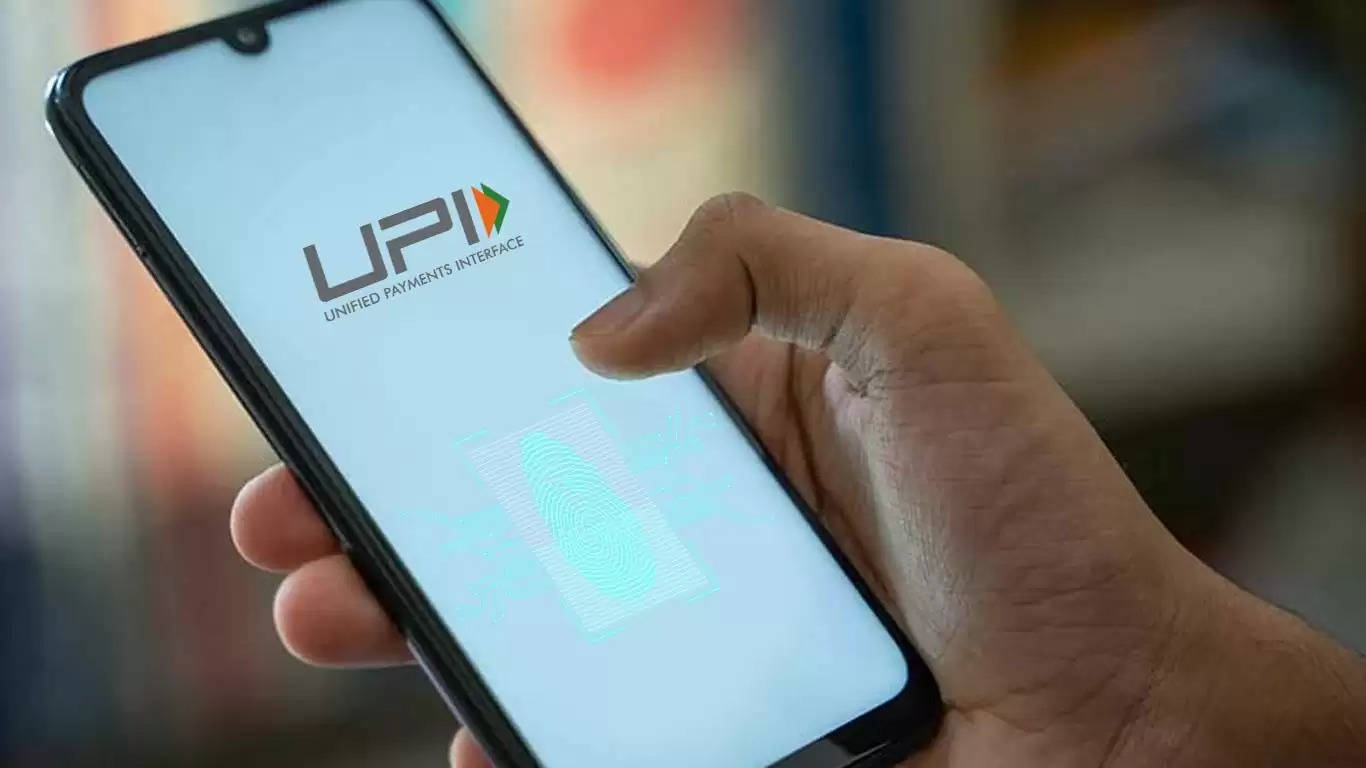The Unified Payments Interface (UPI) is about to go through a substantial overhaul that will significantly improve both the level of security and the level of ease for users. This will be a great step forward for digital payments in India. Based on the Personal Identification Number (PIN)-based security that is already in place, the National Payments Corporation of India (NPCI) has announced that biometric authentication would soon be integrated into the Unified Payments Interface (UPI) system. This represents a significant increase from the current security system.
The Unified Payments Interface (UPI) has emerged as the preferred way for digital transactions for billions of people in India. Numerous apps have made it possible for payments to be made that amount to billions of dollars. With the introduction of this system in 2016, users have been able to send and receive money, pay bills, and make purchases directly from their smartphones. This system has revolutionised the way people manage transactions by providing a manner that is both seamless and efficient.
At the moment, transactions involving the Unified Payments Interface (UPI) are protected by a personal identification number (PIN) consisting of four or six digits. This PIN serves as a secondary layer of authentication, following the primary element, which is the binding of the device through text message. Despite the fact that this method has been quite successful, the forthcoming implementation of biometric authentication is going to provide a security measure that is both more advanced and more user-friendly.
It will no longer be necessary for users to input their UPI PIN for each and every transaction according to the new system. On the other hand, payments will be authorised through the use of biometric capabilities such as fingerprint recognition on Android smartphones and Face ID on iPhones. The purpose of this change is to improve security by lowering the probability of fraudulent activity involving personal identification numbers (PINs), as well as to make transactions more expedient and convenient for users.
It is anticipated that the incorporation of biometrics will greatly strengthen the security framework with which UPI payments are conducted. Biometrics offer a greater level of authentication than personal identification numbers (PINs) since they are one-of-a-kind to each person and are significantly more difficult to counterfeit or steal. Using biometric data to protect digital transactions and personal information is a trend that is becoming increasingly widespread, and this move is a part of that trend.
Biometric authentication is becoming the standard for safe transactions, and the National Payments Corporation of India (NPCI) has brought attention to the fact that this upgrading is in line with worldwide trends in financial technology. The adoption of such measures allows India to continue to reinforce its position as a leader in the digital payments industry. This helps to ensure that the UPI system continues to be at the forefront of innovation when it comes to payments.
App developers and financial institutions are collaborating closely with the National Payments Corporation of India (NPCI) to incorporate biometric capabilities into their respective platforms in order to get ready for the implementation of this update. It is anticipated that users will experience a seamless transition, as numerous applications offer detailed instructions on how to configure and make use of biometric authentication for their UPI transactions.
This modification is anticipated to result in an improvement to the overall experience that customers have while utilising UPI. Because of its convenience, biometric authentication not only makes the process of conducting transactions easier, but it also lessens the likelihood of security breaches that are linked with PINs that have been forgotten or compromised. In addition, the incorporation of such capabilities into UPI payments is a step towards a digital payment ecosystem that is more user-centric and safe. This is because biometric technology is continuing to advance.
While India is getting ready for this update, it is abundantly obvious that the use of biometric authentication in UPI payments represents a big step forward in the development of the digital financial infrastructure of the country. By adopting authentication methods that are both more secure and more user-friendly, India is establishing a new standard for digital payment systems all around the world. This demonstrates India's dedication to both innovation and security in the constantly shifting landscape of financial technology.
--

